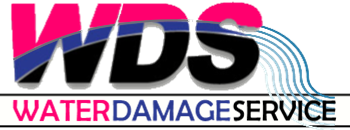Hire a specialised vacuum cleaner or call in a professional company instead of using a domestic wet & dry vacuum as these do not have the required power to remove the water.
If the floodwater has been contaminated with sewage backup, washing machine waste or external flood water, then professionals with commercial equipment must be called in. This is because of the extreme risk of harmful bacteria and lingering odours in subfloors, walls and skirtings. A professional disinfecting process will also be needed.
Do not stand on wet carpets without isolating the power.
All electrical cables, extension leads and associated equipment should be removed before ensuring that they are dry. If they are not, warm areas and warm air can be used to dry them.
Use a commercial dehumidifier to extract water. Don’t bother with domestic dehumidifiers as these only extract 18 litres of water per day – nowhere near the 140 litres per day that a commercial dehumidifier can extract.
Once the dehumidifying process has finished, you will need to decide whether you have to remove that carpets and underlay, or if you can lift the carpet and finish the drying process using air movers. If lifting the carpets is a viable option, you will still need the correct equipment for it to be successful.
Carpets that need to be removed can be dried in the sun. Make sure to watch out for ‘smoothedge’ with tacking nails if you decide to remove the carpet.
Carpet underlay is a relatively inexpensive product so it is recommended that this is replaced rather than dried.
Don’t forget to check wall and skirting boards for water that may have gotten into the wall cavities. If water has reached your insulation then your insulation must be replaced as it cannot be saved.
CALL US NOW ON 0417 305050
OR CLICK HERE TO REQUEST AN ONLINE QUOTE

